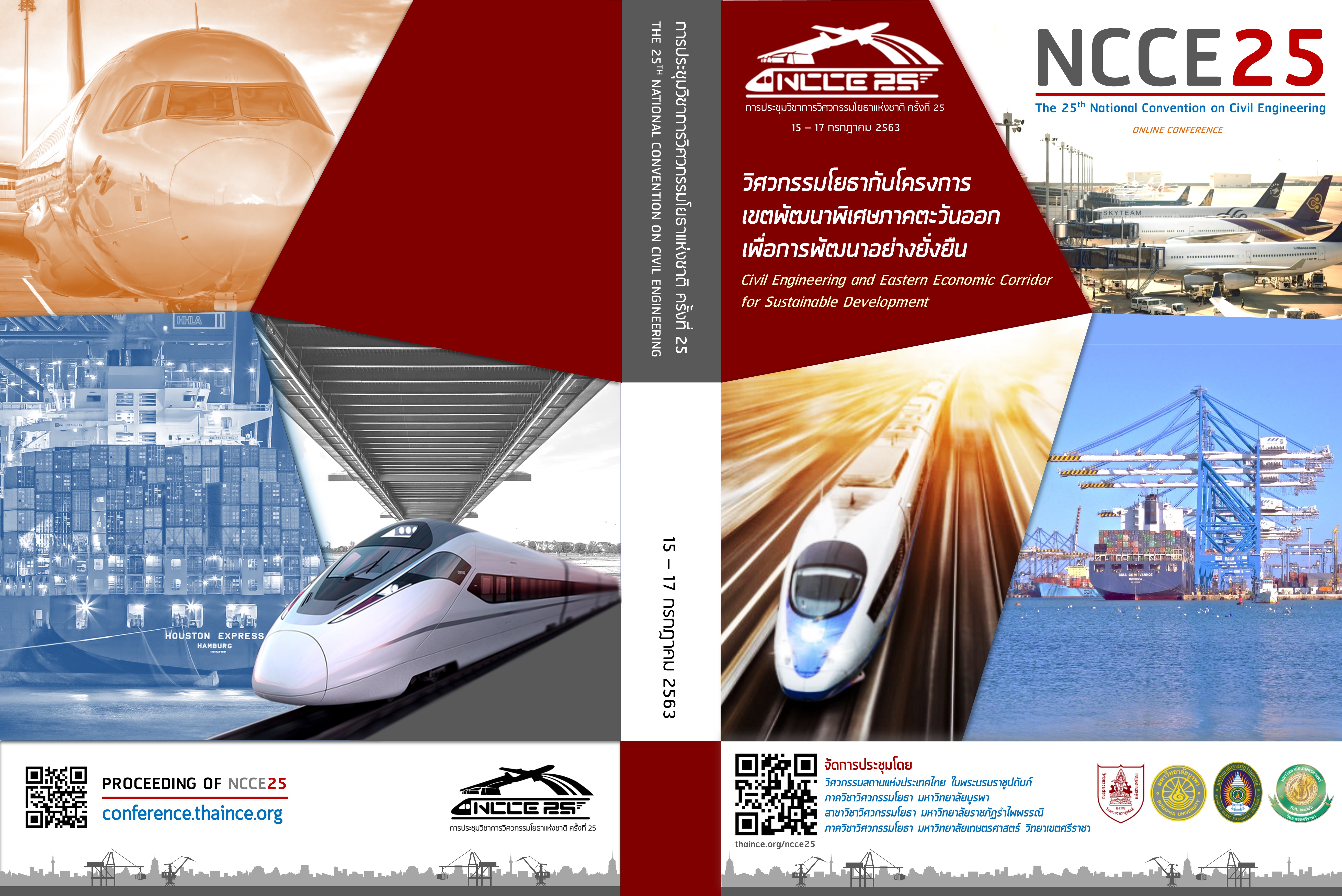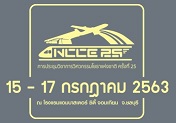A study of the energy reduction of flow through concrete and natural rubber tetrapods
Keywords:
Natural rubber, Tetrapod, Coastal protection, Erosion protection, Erosion controlAbstract
Natural rubber is widely used as a multipurpose material in engineering for several years. Currently, natural rubber in Thailand has been facing with falling price and oversupply problems which extremely damage to a natural rubber industry. Although, Thailand is the world’s top producer and exporter of the natural rubber, but it still faces with these problems in many years. Therefore, the propose of this research is to utilize natural rubber for erosion control due to its special properties and also help a natural rubber industry by increasing the value of product. The process of this research is to study and analyze the flow behavior over concrete and natural rubber tetrapods in laboratory. Two-dimensional physical model is carried out in open-channel flume (12 m. long, 0.6 m. wide and 0.8 m. high) at King Mongkut’s University of Technology Thonburi. The results are analyzed to compare the ability of energy dissipation between natural rubber and concrete tetrapod. In the conclusion, natural rubber can be applied for erosion control, which has an efficiency of energy dissipation. The maximum ability to dissipate energy by using natural rubber tetrapods is lower than concrete approximately 5%. In addition, based on natural rubber properties, rubber is able to use with sea water condition. Therefore, natural rubber is alternative to use as a substitute material in erosion control field.
Downloads
Downloads
Published
How to Cite
Issue
Section
Categories
License
บทความทั้งหมดที่ได้รับการคัดเลือกให้นำเสนอผลงานในการประชุมวิชาการวิศวกรรมโยธาแห่งชาติ ครั้งที่ 25 นี้ เป็นลิขสิทธิ์ของ วิศวกรรมสถานแห่งประเทศไทย ในพระบรมราชูปถัมภ์



